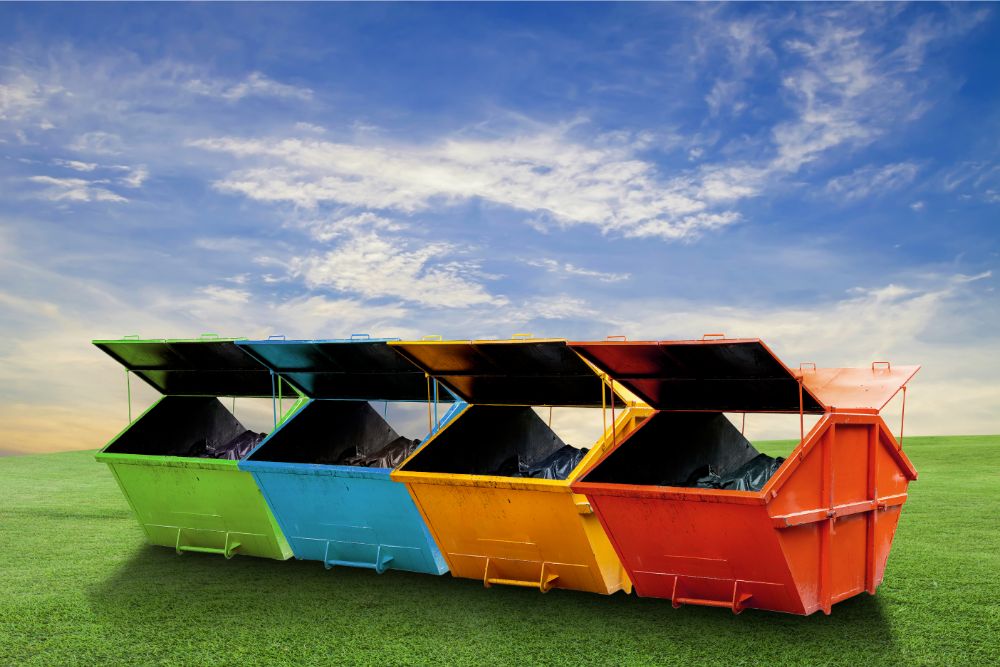Moving into a new house can be an exciting experience, but it can also be an expensive one. Not only do you have to worry about the cost of the move itself, but you also have to consider the cost of utilities like energy and gas. These costs can quickly add up, but there are ways to save energy and gas while relocating your house. In this article, we’ll explore some tips and tricks for reducing your energy and gas bills during the move.
Relocating to a new house involves a lot of planning and coordination, but it’s also an opportunity to make environmentally-friendly choices that can help you save energy and reduce your carbon footprint. Here are some practical tips to save energy and gas during the process of moving:
1. Plan Efficiently: Plan your moving schedule strategically to take advantage of cooler times of the day or days with milder weather. This can help reduce the need for air conditioning or heating, which can consume a significant amount of energy.
2. Pack Smart: When packing your belongings, declutter and downsize as much as possible. The less you have to move, the fewer trips your movers will need to make, ultimately saving on fuel and energy.
3. Use Energy-Efficient Moving Boxes: Choose reusable plastic moving boxes or rent environmentally-friendly options. These alternatives reduce the need for excessive cardboard use and contribute to a greener move.
4. Optimize Vehicle Loading: If you’re transporting your belongings in your own vehicle, pack efficiently to reduce the number of trips. A well-organized and packed vehicle can maximize space and minimize the need for multiple journeys.
5. Choose a Green Moving Company: If hiring professional movers, look for companies that use eco-friendly practices and have energy-efficient moving trucks. Some companies may even offer hybrid or electric vehicle options.
6. Minimize Idle Time: If using a moving truck, try to minimize idle time by coordinating loading and unloading efficiently. Turning off the engine when not in use can help save fuel and reduce emissions.
7. Unplug Appliances and Electronics: Before moving, make sure to unplug all appliances and electronics to avoid unnecessary energy consumption. This also ensures that you’re not paying for energy you’re not using.
8. Set Up Utilities Efficiently: When you arrive at your new home, prioritize setting up utilities like electricity and gas promptly. Ensure that your thermostat is set at an energy-efficient temperature.
9. Seal Windows and Doors: Make sure all windows and doors are properly sealed to prevent drafts and air leaks. This will help maintain a comfortable indoor temperature and reduce the need for heating or cooling.
10. Plan Lighting Efficiently: Use natural daylight as much as possible when moving and unpacking. Open curtains and blinds to take advantage of natural light and reduce the need for artificial lighting.
11. Efficient Appliances: If you’re purchasing new appliances for your new home, choose energy-efficient models. These appliances use less energy and can lead to significant savings over time.
12. Sustainable Packing Materials: When packing fragile items, use eco-friendly materials like biodegradable packing peanuts, reusable bubble wrap, or even clothing and linens as cushioning.
13. Recycle and Dispose Responsibly: During the moving process, recycle packing materials, cardboard boxes, and any other materials that can be recycled. Dispose of any hazardous materials or items in an environmentally responsible way.
14. Update Address: Once you’ve moved, make sure to update your address for mail and bills to avoid unnecessary energy consumption at your old address.
By incorporating these energy-saving tips into your moving process, you can minimize your impact on the environment and reduce your energy and gas consumption during this transition. Making conscious choices during your move can help you save money while also contributing to a more sustainable future.
Relocating can be stressful. You can hire best enery providers to make your move smooth. Still, it’s also an opportunity to make positive changes that will benefit both your wallet and the environment by planning ahead, using energy-efficient appliances, sealing and insulating your home, switching to LED lighting, using natural light, turning off electronics, using a programmable thermostat, and using energy-saving settings on appliances.











